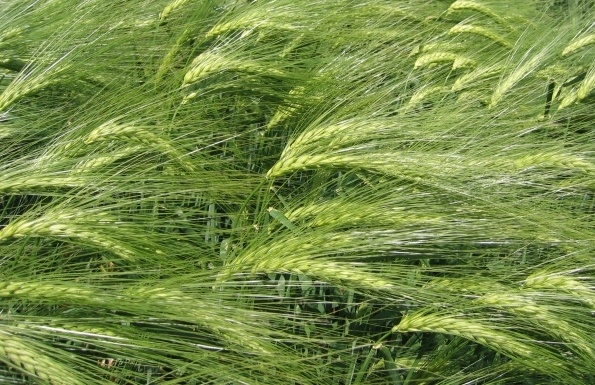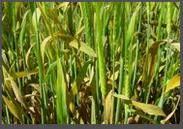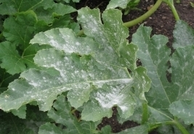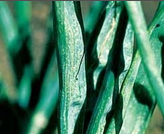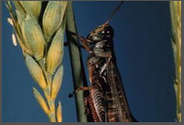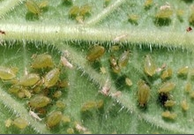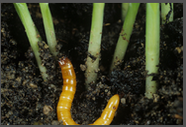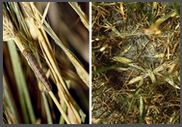Harit (H.B.L.-276):It is a semi dwarf, disease resistant and high yielding variety. The grains are big and juicy in nature. The variety is resistant to yellow rust, loose smut and drought season. It is suitable for sowing in rainfed areas of intermediate and high areas. Variety is suitable for sowing in summer season. In rainfed areas it gives an average yield of 10-12.5qtl/acre and in Lahaul-Spiti area.
Vimal (H.B.L-113):It is a high yielding variety which is suitable for sowing in intermediate and high areas. The variety is resistant to yellow rust disease. It gives an average yield of 10-12.5qtl/acre.
Dolma:High yielding and medium height variety. It has hard grains, juicy, shiny and rich in protein content. The variety is resistant to yellow rust, loose smut, and is moderately resistant to drought. It is suitable for sowing in summer and winter season in medium and high mountainous areas. It gives an average yield of 7.5-8qtl/acre.
Sonu (H.B.L-87): The variety is suitable for sowing in intermediate and high areas (1500m height). It has thick and light yellow color grains. The variety is resistant to yellow rust. It gives an average yield of 10-12.5qtl/acre.
Gopi (H.B.L.-316):The variety is approved for sowing in low and intermediate mountainous regions of rainfed areas. It is resistant to yellow rust disease and jassid pest. It has medium thick grains, shiny and yellow in color. It gives an average yield of 10-12.5qtl/acre.
Gokul (H.B.L.-391):The variety is resistant to all rusts. The variety is approves for intermediate mountainous areas. It gets ready in 170 days. It has yellow color grains and it gives an average yield of 12-13qtl/acre.
Other state varieties:
RS 6: Ready to harvest in 130-135 days. Suitable for rainfed as well as irrigated areas. It is useful for malting purpose. It gives average yield of 14-16qtl/acre.
RBD 1: Suitable for irrigated areas of Rajasthan. Gives average yield of 12-14qtl/acre.
Kedar: High yielding dwarf variety developed by IARI, New Delhi. Suitable for late sown conditions. It is resistant to rust disease.
Jyoti: Developed by C.S.A, Kanpur. Ready to harvest in 120-125days. Suitable for growing under irrigated areas. Gives average yield of 8-10 qtl/acre.
Karan 201, 264: Suitable for cultivation in problematic soils. Gives average yield of 15qtl and 18qtl/acre respectively.
RD 2786: Suitable for timely sown irrigated conditions. Ready to harvest in 111 days. Gives average yield of 20qtl/acre.
RD 2794: Suitable for timely sown irrigated areas. It can be cultivated in alkaline or saline soils. Ready to harvest in 121 days. Gives average yield of 12qtl/acre.
RD 2552, RD 2592
RD 2503, RD 2624
RD 2508, RD 2660
RD 2035, RD 2668
RD 2052, RD 2715
NP-13, NP 103, RS-17, RD 31, RD 57, Bilara 2
RD 2035, BCU 73 or Rekha, DWRUB 64, RD 2503, DWRB 73
PL 751, NARENDRA BARLEY 2, GETANJALI (K1149)

